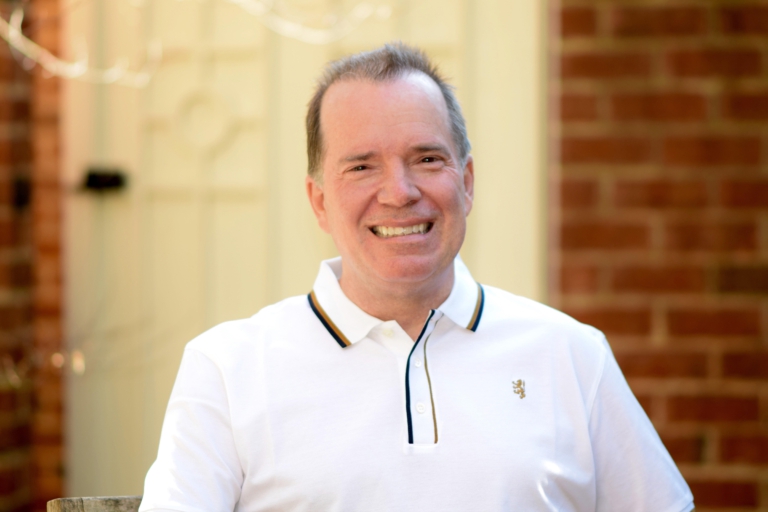Challenges in Abdominal MR: Interview with Dr. Richard Semelka
MRI is renowned for its unmatched soft tissue recognition, making it the preferred modality for diagnosing most diseases and conditions of the abdomen. However, body MR reports can be difficult to interpret, often requiring a subspecialist reader. We spoke with a leading body MRI expert and chief editor of one of the most widely read textbooks on abdominal pelvic MRI, Dr. Richard Semelka, about the challenges in diagnosing diseases with abdominal MR, and how imaging centers can overcome them.
“The main challenge with body MR is that there is more skill involved than with CT and other modalities – not only in the acquisition of the images by the MR technologist but also in the interpretation. The problem with this is that there just aren’t very many experts in abdominal MR,” says Dr. Semelka.
Former professor, vice chairman of radiology, and director of MR services at the University of North Carolina Chapel Hill, Dr. Semelka has been practicing radiology for over 28 years. He explains that despite recent advances in image quality, an accurate body MRI diagnosis still relies on an imaging center’s capability to provide subspecialist interpretations.
“MRI, for instance, is the best tool to see small pancreatic cancers. Now, pancreatic cancer is not rare – it’s the fourth most common cause of cancer death in the US. But right now the only way to treat it is to cut it out completely. And the only way to get tumors that you can cut out completely is to spot them when they’re very small. This is only possible with a well-interpreted MRI.”
Prostate cancer is another challenging disease to properly diagnose. But a well- done abdominal MR study has an accuracy rate of 95% or higher. CT scans most often miss cancer completely, and pathology has an accuracy rate of only 85%, plus the additional drawbacks associated with invasive biopsy procedures.
SUBSPECIALTY RADIOLOGY SOLUTIONS
Grow Your Business with DocPanel
On demand specialty coverage with no contract minimums. Create a free account and get set up and running within 24 hours.
Dr. Semelka explains that bridging the gap between access to quality MR technicians and subspecialty interpretations is crucial for the future of accuracy in MR imaging diagnostics.
“You can get a good MR study that is highly interpretable from many imaging centers. But, the reality is that most radiologists around the world – even if they’re pretty good – only know conversational body MRI language. Most are not fully fluent in the complexities of MR.”
In recent years, there’s been a shift in patient perception, motivating people to get more involved in their healthcare. This has created an increase in both awareness and demand for services that meet the needs of patients. Despite industry trends that indicate a decrease in working radiologists, the demand for subspecialty radiology services is on the rise.
Dr. Richard Semelka currently runs his own practice and is also a reading radiologist for DocPanel, an on-demand marketplace for specialty reading coverage.
“A major feature, and what excites me about DocPanel, is that you can go to a local place and get your scan done on reliable equipment, and then also get a world-class read through DocPanel’s network. The DocPanel radiologist can also help to make sure the imaging protocols are optimized. It’s one of the great evolutionary steps in radiology. General teleradiology, on the other hand, is going with the direction of extreme capitalism. You might think the lowest price is a good deal – but what you’re actually getting is a radiologist who only has 30 seconds to spend on a study. With DocPanel, the cost for a good read is remarkably cheap, in retrospect, and you get a top radiologist who will thoroughly read a study that may take them an hour,” says Dr. Semelka.
While there are certainly challenges, the diagnostic capabilities of abdominal MR continue to change the face of radiology.

